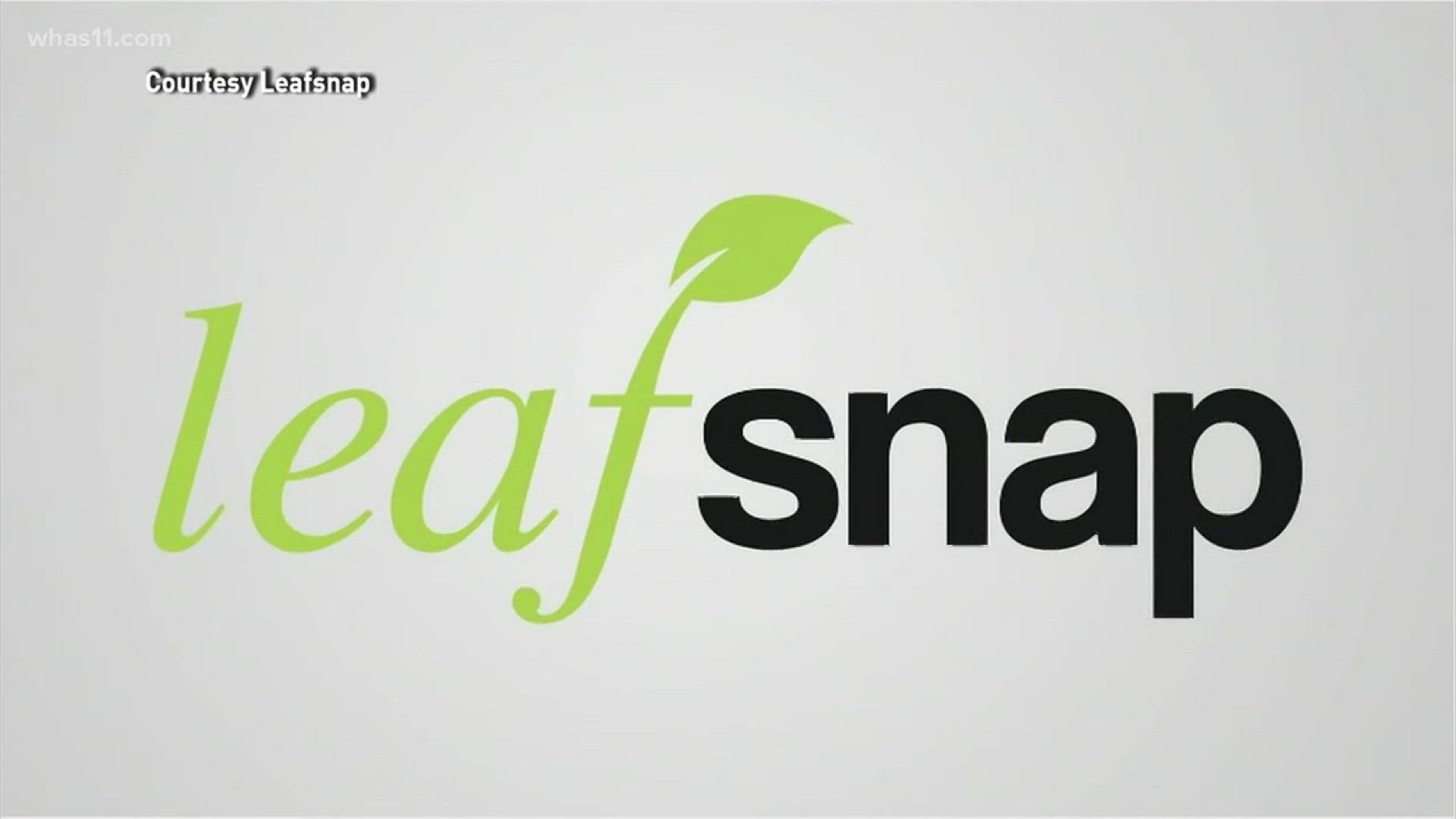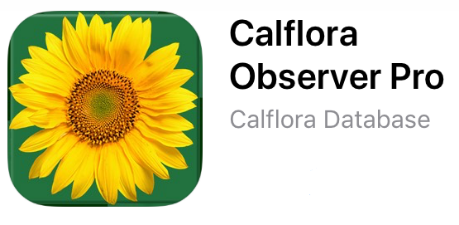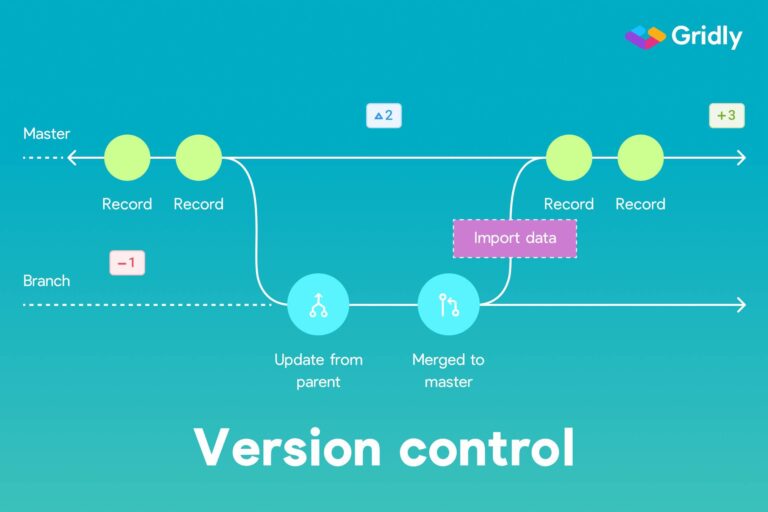8 best Android apps for plant identification
Last Updated on May 25, 2024 by Jhonni Jets
Being able to identify plants can be a fun and educational hobby. It allows you to learn more about the natural world that surrounds you. With so many plant species out there, it can be difficult to remember what each one is called. Thankfully, modern technology has provided us with a handy solution – plant identification apps for Android smartphones.
In this article, we will explore the 8 best Android apps available for identifying plants wherever you go. From basic Identification apps to more advanced field guides, there is an option here for every plant lover’s needs and experience level. Reading through the descriptions will help you determine which app might be the most suitable for your interests and preferred method of learning plant names.
Table of Content
PlantSnap
PlantSnap is one of the most user-friendly and accurate plant identification apps available. It utilizes your phone’s camera to analyze photos of leaves, flowers or the entire plant and quickly return possible matches with scientific names. The app has a database of over 750,000 plants from North America to help with IDs. You can browse their extensive photo library by common or scientific name as well. PlantSnap is completely free to use, though you can upgrade to a Pro version for advanced analytics.
What makes PlantSnap so effective is its powerful image recognition technology. Simply take a good quality photo of the plant part in question and wait a few seconds for potential matches to appear on your screen. An accuracy percentage helps you determine how confident the app is in its identification. You can further narrow matches by selecting specific plant attributes like habitat, leaf arrangement, and flower color. Overall, PlantSnap is ideal for casual plant enthusiasts and those only occasionally identifying plants away from home or garden.
PictureThis Plant Identifier
![]()
PictureThis is another leading plant identification app that relies on digital image analysis for quick results. It has a database of over 650,000 plants from North America and growing. Like PlantSnap, all you need to do is snap a photo through the app for potential matches to load. PictureThis provides common names, scientific names, plant details,growing information and high quality images to confirm your ID.
An advantage of PictureThis over PlantSnap is its slightly larger database and more in-depth species profiles for each match. You can filter results not just by attributes but growing zones as well. The free version allows for unlimited photo submissions but limits the number of profiles you can view each month. An annual subscription unlocks all features like offline access and enhanced analytics. PictureThis is well-suited for intermediate plant enthusiasts or gardeners who want more detailed information during the ID process.
Seek by iNaturalist

Seek is a plant identification tool developed by the California Academy of Sciences and National Geographic. What sets it apart is that it’s backed by the community of iNaturalist – a worldwide network of naturalists engaged in biodiversity research. Seek provides basic AI-powered photo identification, but also allows you to submit your observation to iNaturalist for expert verification if the app is uncertain.
This crowdsourced verification process results in matches that are often more accurate than other automated apps alone. Seek has a database of over 4 million plants and animals from across the globe. In addition to identification, you get information on distribution, conservation status and media like sound recordings for some species. Seek is completely free with no subscription or in-app purchases needed. It is perfect for aspiring citizen scientists and experts looking to contribute to large scale biodiversity monitoring projects.
LeafSnap

LeafSnap was developed by researchers at Columbia University specifically for identifying tree species found in North America. This narrower focus has allowed it to achieve very high identification accuracy compared to broader plant identification apps. It relies entirely on photos of tree leaves for matches, focusing analysis on detailed vein and margin patterns.
The current LeafSnap database contains over 600 tree species native to the continental US and Canada. Some key tree families covered include maples, oaks, birches, ashes and elms. While limited to trees of this region, LeafSnap provides a very useful tool for forest guides, arborists and homeowners wanting to ID trees on their property. Best of all, it is completely free to use without any login requirements or payment. Overall, LeafSnap excels for accurate tree identification in its coverage area.
Plantix

Plantix approaches plant identification from a more global perspective compared to the regionally focused apps above. It contains over 1 million plants in its database spanning continents and biomes. The free version allows for unlimited photo submissions from anywhere in the world.
The tradeoff is matches may not be as accurate for uncommon or locally native plants compared to more specialized apps. However, Plantix works to constantly improve its algorithms through community feedback. It also provides growing guides, plant details and scientific classification schemas alongside common names. Unique features include integrated forums for asking identification questions and image comparisons of lookalike species. Overall, Plantix is well-suited for casual enthusiasts and travelers looking to ID plants globally on a budget.
Flora Incognita

For enthusiasts focused on wildflowers, Flora Incognita is a top choice. Unlike general plant ID apps listed so far, it specializes exclusively on wildflower identification for North America. The streamlined interface makes wildflower browsing pleasant and drilling down into details of different species very informative.
With a database of over 1,000 wildflowers, this app offers amazing photographs, fact sheets on bloom timing, habitat preferences and fun lore and folklore associated with certain species. Advanced filtering by color, bloom period and attributes gives you precise control over narrowing your search. Best of all, it’s completely free without advertisements to detract from the experience. Flora Incognita is perfect for wildflower and native plant fanatics seeking an dedicated wildflower identification solution.
CalFlora

CalFlora is a plant information and observation management system focused on California native plants. It contains taxonomic and distributional information for over 8,000 plant species found within the state. What makes this app stand out is that you can not only identify plants but record your own observations from field visits.
By contributing photos with location data and population details, you aid researchers in tracking changes in biodiversity, phenology shifts due to climate change and more. Advanced filtering and natural community browsers help you plan trips to target certain species. While restricted to California natives, CalFlora is extremely useful for professional botanists, land managers and amateur naturalists based in the state wanting to engage in citizen science projects. It’s an ideal example of how digital plant records can be maintained and explored collaboratively.
Pl@ntNet
Pl@ntNet aims to build the world’s largest plant identification community through artificial intelligence and crowdsourcing capabilities. It contains over 350,000 plant taxa globally with representation from most continents. Unlike apps offering a static database, Pl@ntNet evolves as more people engage with the platform.
By allowing anyone to submit photos for AI and human analysis, the app constantly improves its identification abilities over time. In addition to matches, you gain access to discussions around tricky IDs, geographic distribution maps and the option to verify other user submissions. Pl@ntNet is undoubtedly the most cutting edge and collaborative of apps listed here. While in ongoing development, it shows the exciting potential for crowdsourced plant identification tools to become more accurate and globally representative with growing participation.
Conclusion
In conclusion, the world of plant identification apps has come a long way and offers great options for people of all interests and experience levels. Whether you are a casual enthusiast wanting to ID common plants near home or an expert botantist engaged in scientific research, there is an appropriate app well-suited to support your goals. With the combination of digital photographs, AI recognition and expert crowdsourced verification continuing to improve, plant identification apps will only become more powerful tools to foster understanding and appreciation of the plant kingdom.
With so many amazing choices, I encourage you to try multiple apps listed here to see which interface and feature sets you prefer. And have fun exploring the diversity of plant life right in your own backyard or during travels – thanks to these handy digital field guides, the name of any mystery plant is now just a snapshot away.







